Japanese report
AS-HOPE report
Number:AS-22-G002
researching to explain evolution into higher-level brain, and participating in EMBO conference
Report:Fujii Junsuke
Date:2010/09/23 - 2010/10/02
I am investigating a planarian, Dugesia japonica.
.
Planarians have a brain that can judge information from light, chemicals, and touch, etc.
Brains of primates, including humans, and those of planarians express some genes similar to each other, which are involved in the pattern formation of the brain.
This suggests that the brains of planarians and primates evolved from a common ancestor.
In order to further investigate the evolution of the brain, it is also important to search for features of the evolutionary ancestor.
At Heidelberg University, we visited Prof.
Thomas Holstein's laboratory, where they study the nervous system of Hydra and Nematostella.
Hydra has nerve cells which are scattered throughout the whole body, whereas Nematostella has a concentrated nervous system that is gathered round the mouth.
The difference between them depends on the difference of the signal receptors related to the generation of neural networks.
Nematostella has two copies of such receptors homologous genes to those of planarians, mice, and other higher organisms.
Dr.
Detlev Arendt's laboratory at EMBL studies the evolution of the central nervous system using the mussel worm.
Breeding equipment reproduces the environment of their habitat.
We observed the sexual behavior, assumed to be specific to advanced animals, of the mussel worms.
After the observation, we held a group meeting with the members of that laboratory.
In the meeting, we discussed the evolution of the sense organs and nerves, and the techniques for analyzing them.
In the EMBO conference, through the lectures and discussions in poster sessions, I learned many things, especially about the development of the nervous system and sensory organs in vertebrates, new strategy for studying planarians, and so on.
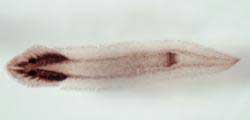
nerve system of planarian
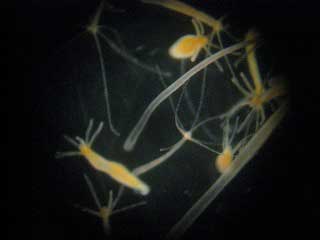
hydra
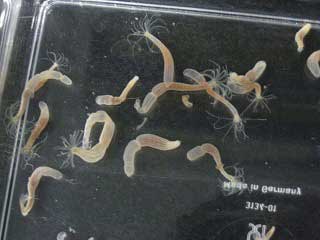
nematostella

EMBL
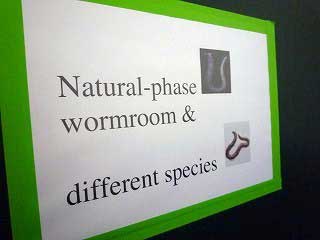
Worm room
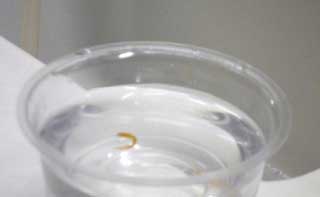
Sex behavior of lugworm
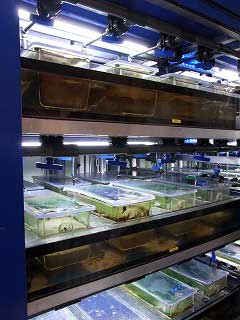
Facility
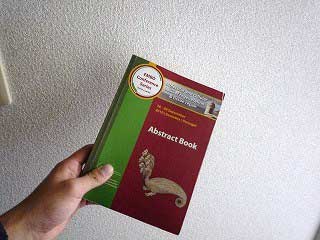
EMBO Abstract Book

Lunch
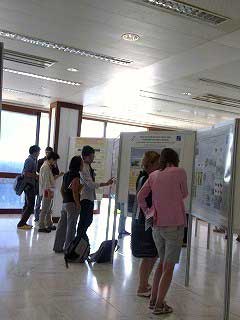
Poster session
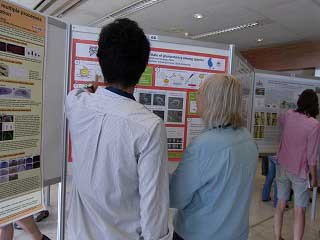
Poster session
AS-HOPE Project< > >
|




